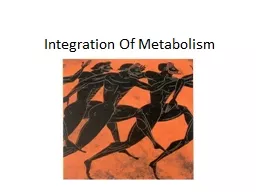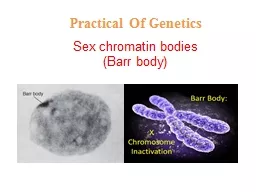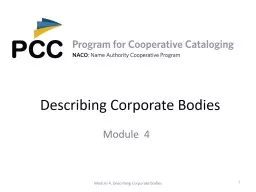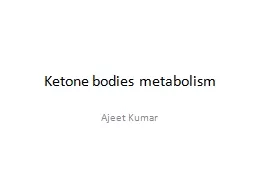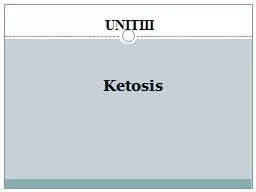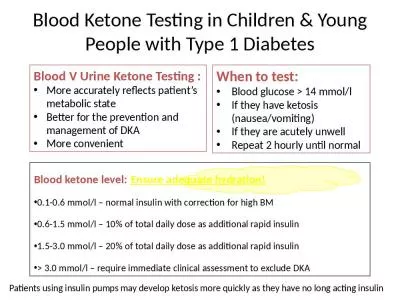PPT-24.4 Ketogenesis and Ketone Bodies
Author : felicity | Published Date : 2022-02-10
The accumulation of ketone bodies may lead to a condition called ketosis which occurs in cases of severe diabetes diets high in fat and low in carbohydrates alcoholism
Presentation Embed Code
Download Presentation
Download Presentation The PPT/PDF document "24.4 Ketogenesis and Ketone Bodies" is the property of its rightful owner. Permission is granted to download and print the materials on this website for personal, non-commercial use only, and to display it on your personal computer provided you do not modify the materials and that you retain all copyright notices contained in the materials. By downloading content from our website, you accept the terms of this agreement.
24.4 Ketogenesis and Ketone Bodies: Transcript
Download Rules Of Document
"24.4 Ketogenesis and Ketone Bodies"The content belongs to its owner. You may download and print it for personal use, without modification, and keep all copyright notices. By downloading, you agree to these terms.
Related Documents




